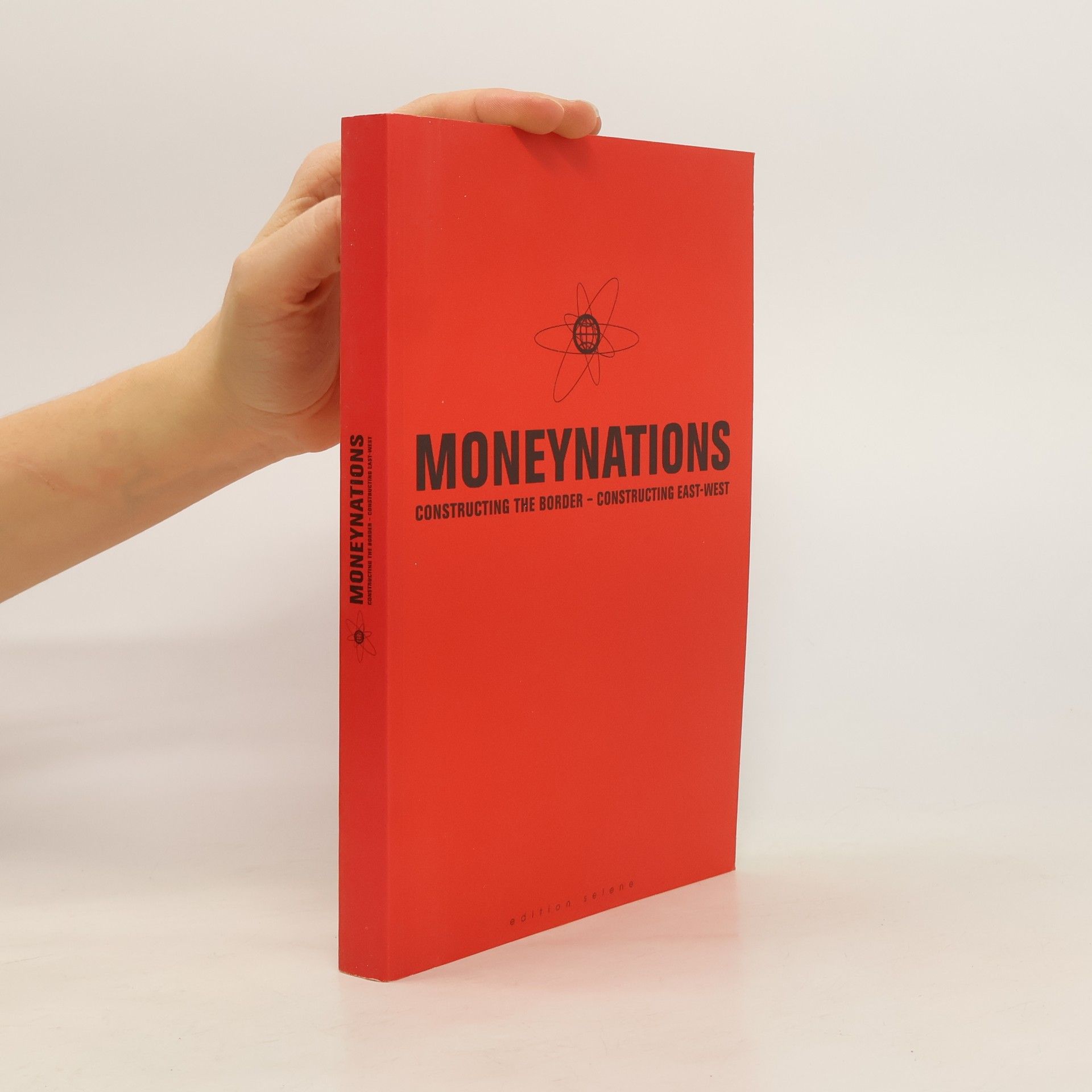Marion von Osten Books
Marion von Osten is an artist and theorist whose work probes cultural production within postcolonial societies. Her practice engages with the self and the governance of mobility, employing a diverse range of media from exhibitions and installations to video and text. Von Osten synthesizes curatorial, artistic, and theoretical approaches to critically examine modernity and its repercussions. Her research and artistic endeavors are characterized by a profound interest in how social and political structures are shaped through cultural expressions.



In the Making
In the Desert of Modernity: Colonial Planning and After
In the Making: In the Desert of Modernity: Colonial Planning and After. A Research-Based Practice explores the artistic and curatorial methods of Marion von Osten (1963-2020). Through the development of her significant exhibition and related projects, von Osten shares insights into research practices, collaborative efforts, field trips, and encounters. While the book ColonialModern. Aesthetics of the Past, Rebellions for the Future (edited by Tom Avermaete, Serhat Karakayali, and Marion von Osten) focuses on the relationship between architecture, urban planning, and colonialism, In the Making delves into the conceptual and design aspects of exhibition making, revealing connections that need to be reestablished. Central to this exploration are the practices of walking, talking, listening, meeting, and relating, which are vital components of inquiry, particularly in a postcolonial context. The work addresses spatial politics, power dynamics, and social struggles during colonial times, liberation movements, and decolonization in North Africa. In the Making embraces unexpected encounters and paves the way for parainstitutional and feminist approaches to exhibition making.